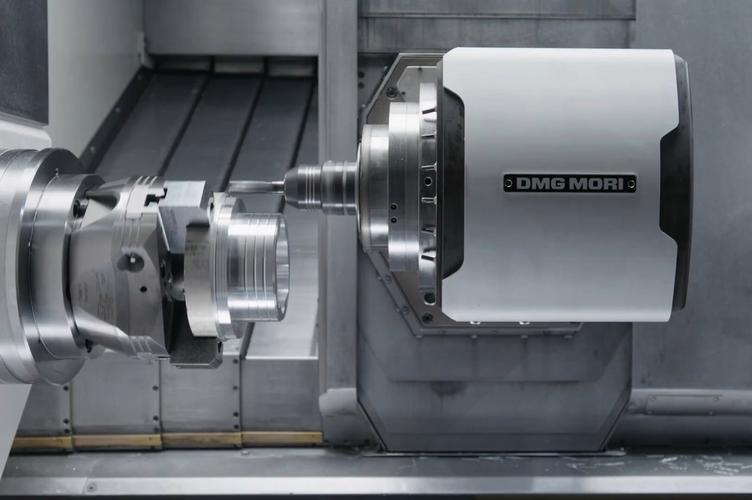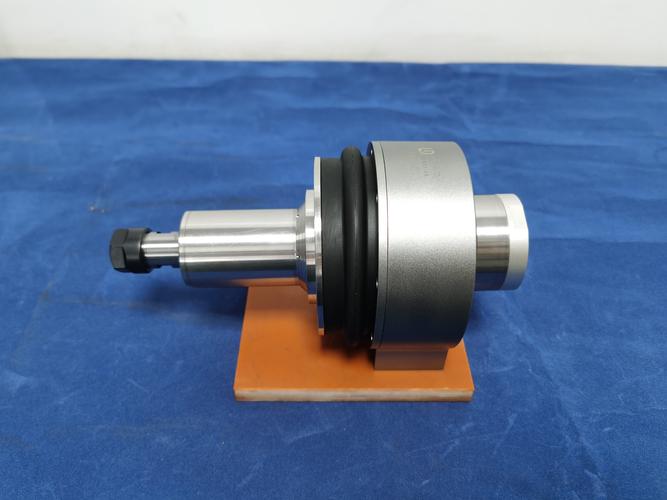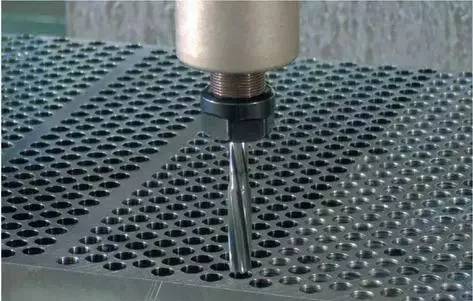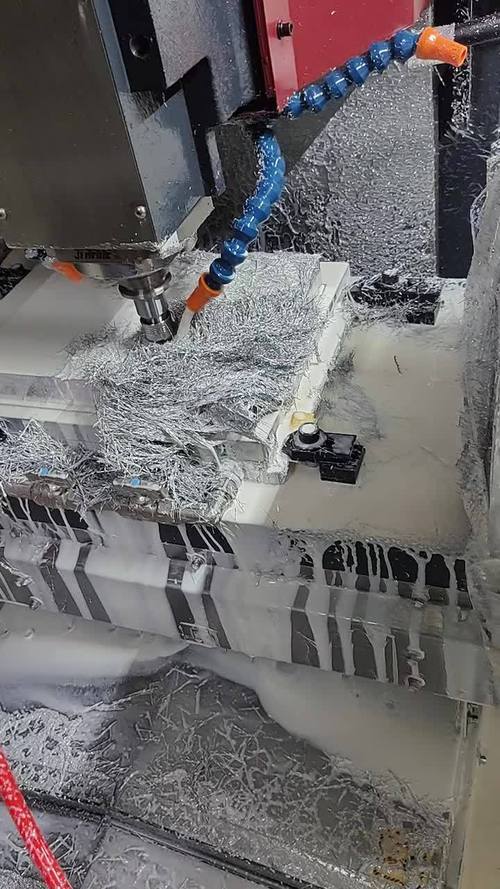The lifespan of a plastic injection mold typically ranges from 10,000 to 1,000,000+ cycles. A “cycle” refers to one complete injection molding process (clamping, injection, cooling, ejection). The wide range depends on factors like mold material, plastic type, maintenance practices, and part complexity.
What factors determine a mold’s lifespan?
- Mold material:
-
- Aluminum molds: Designed for low-volume production, lasting 10,000–50,000 cycles. Aluminum is softer, so repeated contact with molten plastic and ejection forces causes faster wear (e.g., cavity erosion or warping). They’re ideal for prototypes or short runs.
-
- Steel molds: Far more durable. P20 steel (pre-hardened) lasts 50,000–200,000 cycles, while high-strength steels like H13 or S7 (heat-treated) can exceed 500,000–1,000,000 cycles. Steel resists abrasion and heat, making it suitable for high-volume production (e.g., consumer goods or automotive parts).
- Plastic material being processed:
-
- Non-abrasive plastics: Molds processing PP, PE, or ABS (soft, non-reinforced plastics) wear slower, extending lifespan. These materials don’t scratch or erode mold surfaces.
-
- Abrasive plastics: Molds for glass-filled, mineral-filled, or fiber-reinforced plastics (e.g., 30% glass-filled nylon) degrade faster. The hard particles in these materials act like sandpaper, wearing down mold cavities, ejector pins, and gates—reducing lifespan by 30–50% compared to non-abrasive plastics.
- Part complexity and design:
-
- Molds with sharp edges, thin walls, or intricate details (e.g., deep cavities) experience higher stress during ejection. Repeated contact with the plastic can cause these areas to wear or crack prematurely.
-
- Undercuts requiring slides or lifters add moving parts, which wear faster than static mold components. Poorly aligned slides may scrape against the mold, reducing lifespan.
- Maintenance and care:
-
- Regular cleaning: Resin buildup (e.g., plastic residue in cooling channels) can cause uneven cooling and increased pressure, leading to mold damage. Cleaning after 5,000–10,000 cycles prevents this.
-
- Lubrication: Moving parts (ejector pins, slides) need frequent lubrication to reduce friction and wear.
-
- Repair of minor damage: Small cracks, worn edges, or damaged ejector pins should be repaired promptly. Ignoring them can lead to catastrophic failure (e.g., mold splitting) during production.
- Operating conditions:
-
- Temperature and pressure: Excessively high temperatures (beyond the mold material’s tolerance) or injection pressure can warp steel or melt aluminum molds over time.
-
- Cycle speed: Rapid cycling (e.g., <10-second cycles) increases thermal stress and mechanical wear, shortening lifespan compared to slower, more controlled cycles.
How to extend a mold’s lifespan?
- Choose the right material: Use steel for high-volume or abrasive plastics; reserve aluminum for low runs with soft materials.
- Optimize part design: Add draft angles to reduce ejection force, avoid sharp corners, and minimize undercuts to limit moving parts.
- Implement a maintenance schedule: Clean cooling channels, lubricate moving components, and inspect for wear every 5,000–10,000 cycles.
- Use mold protectants: Apply anti-corrosion sprays during storage (especially for steel molds) to prevent rust.
- Monitor process parameters: Keep injection pressure, temperature, and cycle speed within the mold’s recommended limits to avoid excessive stress.
When should a mold be replaced?
Signs that a mold has reached the end of its useful life include:
- Dimensional inaccuracies: Parts no longer meet tolerances due to cavity wear (e.g., enlarged holes or warped edges).
- Frequent defects: Persistent flash, sink marks, or cracks in parts caused by worn gates or damaged cooling systems.
- High repair costs: If repair expenses (e.g., replacing worn cavities or slides) exceed 30–50% of the cost of a new mold, replacement is more economical.
Conclusion
Plastic injection molds last 10,000–1,000,000+ cycles, with material, plastic type, and maintenance being the biggest factors. Aluminum molds serve short runs, while steel molds excel in high-volume production. With proper care and design, even complex steel molds can deliver hundreds of thousands of reliable cycles, making them a long-term investment for mass manufacturing.






